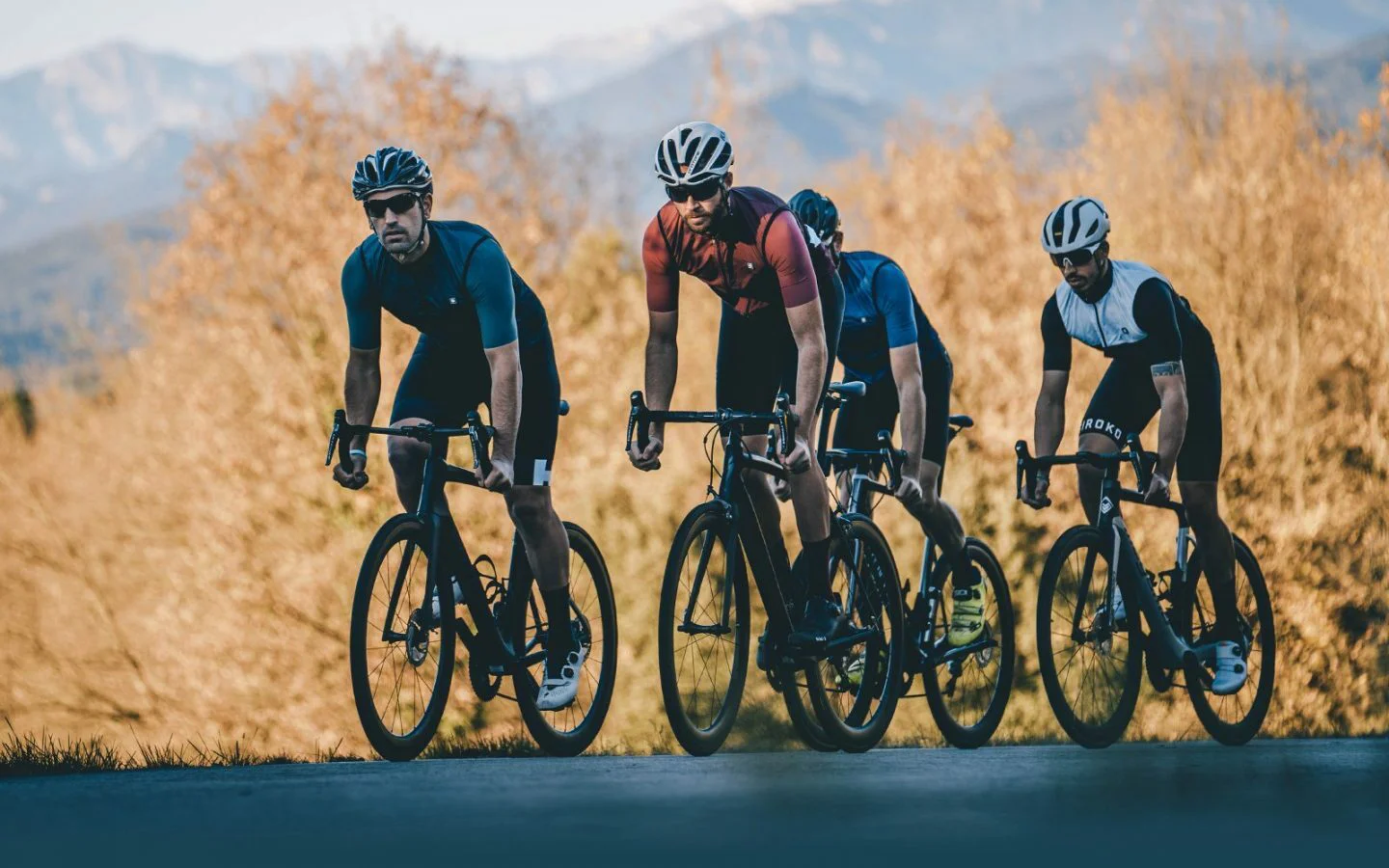A windproof cycling vest is one of the most multi-functional and popular sportswear items. It’s an absolute must-have when it comes to cycling wear, almost as essential as your favorite sweatshirt or jeans.
In this post we are going to explain when to wear a windproof cycling vest and when you should NOT. We will also talk about how to use it and what the most important features of a good cycling vest are.
- When should you use a windproof cycling vest?
It’s a garment that you can wear basically all year long. It’s essential during months or in places with changing weather conditions.
In autumn and winter it can be used as a third layer on top of a jacket or long sleeve jersey to enhance the wind protection. Whenever you are hot, simply unzip the vest to let the air in. If you don’t need it anymore, just fold it and put it in your rear pocket – it will come in handy when you start riding again after a short pause.
You can also use it during summer and spring, especially if you go out after work when the evenings can be chilly or if you leave home early before dawn so you can protect yourself from the cold morning breeze. Once it is warm enough, you can take it off and store it easily in your cycling jersey’s rear pocket.If you are going on a route with mountain passes and long descents, make sure you have a windproof cycling vest in your pocket or backpack. You’ll most certainly use it on the descents as it will give you a much needed protection for your body after sweating on the way uphill.
- When shouldn’t you use a windproof cycling vest?
A windproof cycling vest is not waterproof. It does not protect you from the rain. Some models will protect you from a light drizzle but if it rains a lot you will end up soaked. Don’t choose a windproof cycling vest if you’re going out in the rain or the weather forecast predicts heavy rain. - How to use a windproof cycling vest?
The multi-functionality of this garment depends largely on how you use it and what you combine it with to protect yourself from the wind and cold. It’s crucial to know when to take it off or when to unzip it. Example: when you climb a mountain pass you are not moving fast and you are less exposed to the wind. Therefore, you should open the vest or take it off to avoid sweating excessively, as you’ll still have to go down.
Using a windproof vest together with arm warmers will give you options that other garments do not offer. Opening it allows you to cool down, you can also take off the arm warmers first and then the windbreaker, or the other way round, adapting to your body heat or external temperature.
- How to choose the right windproof cycling vest?
The main features you should be aware of when choosing a windproof vest are:
- Size. It should be as tight as possible to seal out drafts, so that it does not flap and does not create wind resistance.
- Material. Depending on the fabric, it can offer a higher or lower protection from the wind and cold. The vast majority are made of 100% polyester and are usually extremely lightweight. If you need a higher protection there are vests made of more technical fabric, more expensive and slightly heavier.
- Front area including wind protection and back made of mesh or micromesh fabric for an optimal transpiration. It should also protect the neck.
- Zipper that doesn’t get stuck and has a good puller so that the vest can be easily unzipped, taken off and put on with or without gloves while riding.
- The most lightweight vests fold up easily and can be tucked into a pocket or even under the jersey if your pockets are full. Some fold into their own back pocket making them even more compact, handy and easy to store.
- Rear pockets, as well as an easy access to jersey or jacket rear pockets.
- Reflective details or bright, eye-catching colors to improve visibility.




